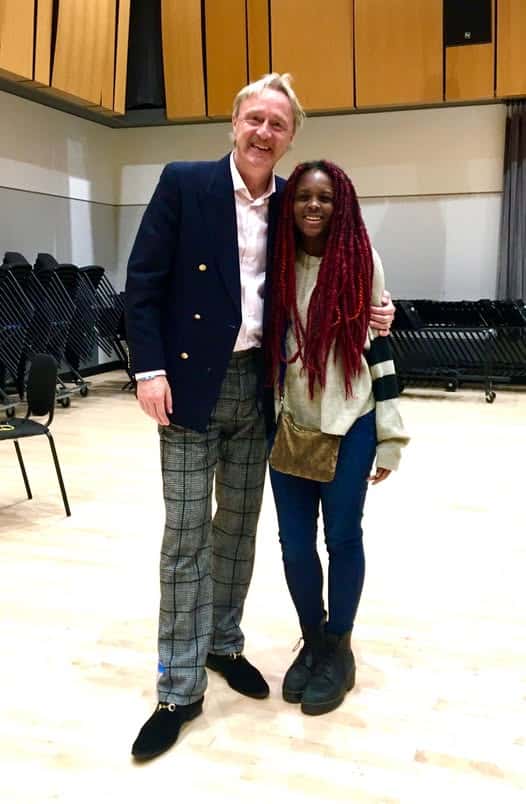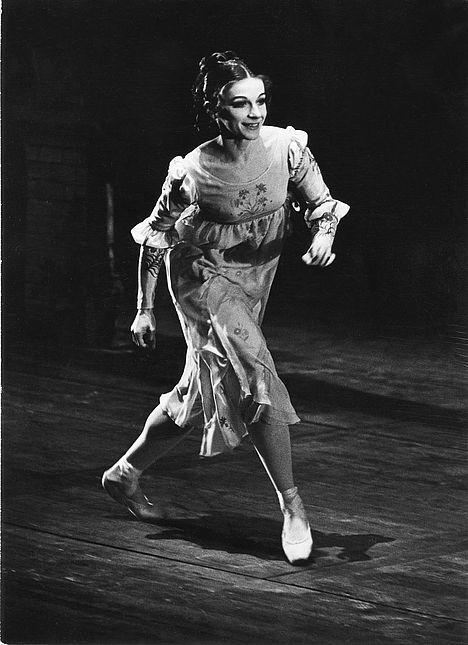Ruth Leon recommends… Georgia O’Keefe – Met Museum
Ruth Leon recommendsPatricia Marroquin Norby and Matthew Martinez, two Indigenous Native American scholars, discuss
Georgia O’Keeffe’s painting From the Faraway, Nearby (1937)
in the light of what, and who, the artist omits in her depiction of New Mexico.
O’Keeffe’s painting offers a romanticized ideal of the American Southwest that is vast and empty, ignoring local Indigenous communities and claiming the region as her own. At the center of the canvas the skull of a mule deer levitates above an abstracted version of a desert landscape.
During this time, the artist was famous for collecting and painting animal bones, which she had referred to on multiple occasions as boney “trash.” This skull features an additional set of antlers, bringing the animal into the realm of the imaginary. She omits the painting’s middle ground and flattens the picture plane which further elevates the surreal quality of the work.







O’Keefe was born in Wisconsin.
“…ignoring local Indigenous communities…” There are countless paintings depicting the colorful local cultures of New Mexico–many to the point of being utterly clichéd. It stands to O’Keefe’s credit that she broke from this pattern and pursued her unique vision. We should also note that in spite of the history of brutal colonialism by the Spanish and later by Americans, she had every right to call NM her home. She revealed a beauty of NM that has served the interests of all the people who live there.